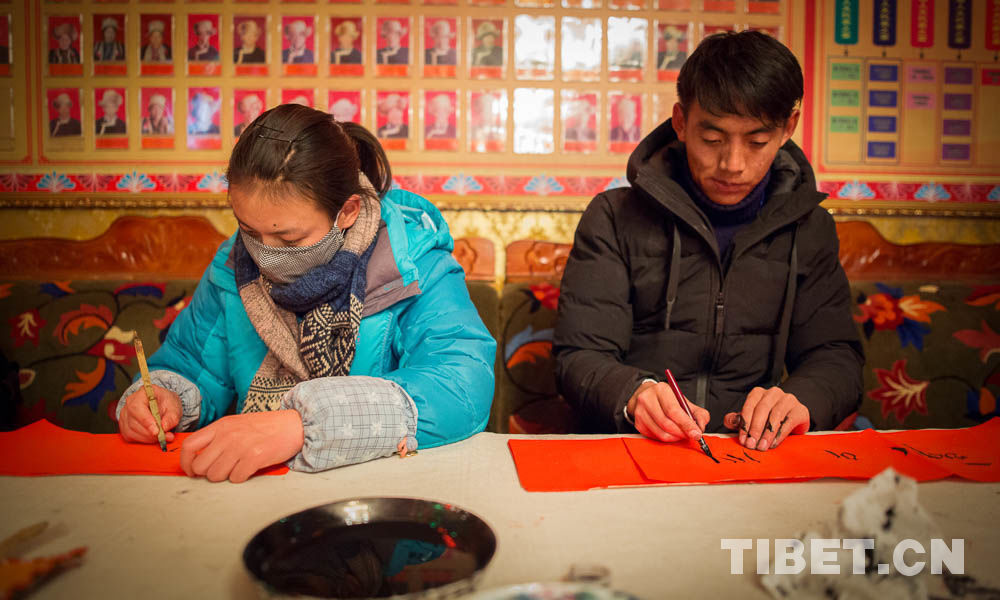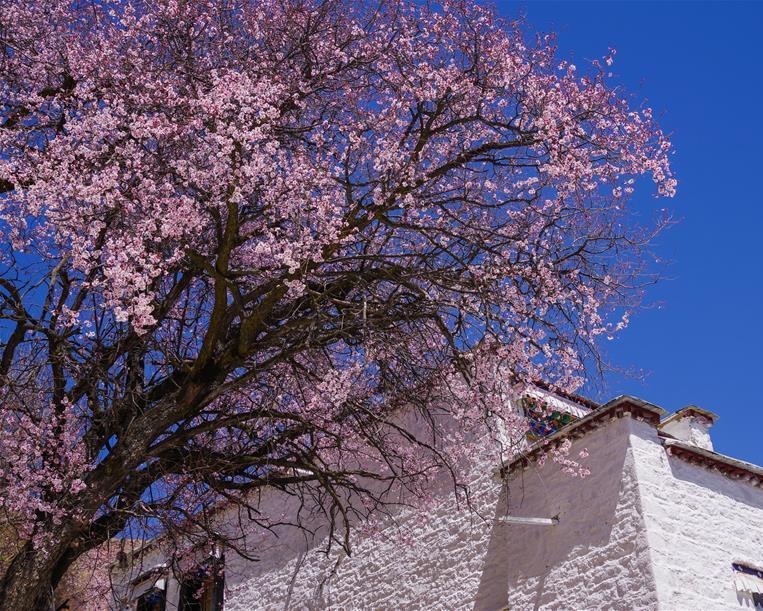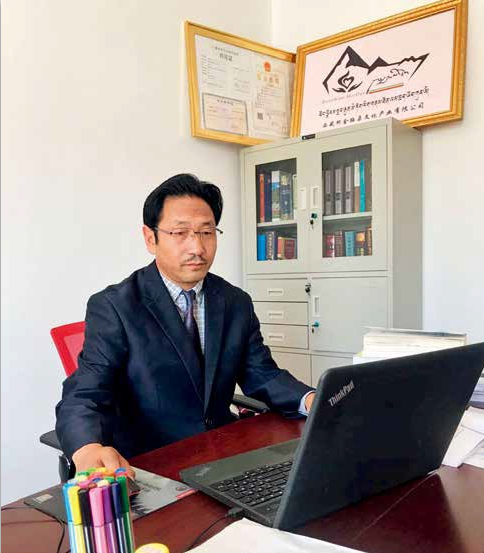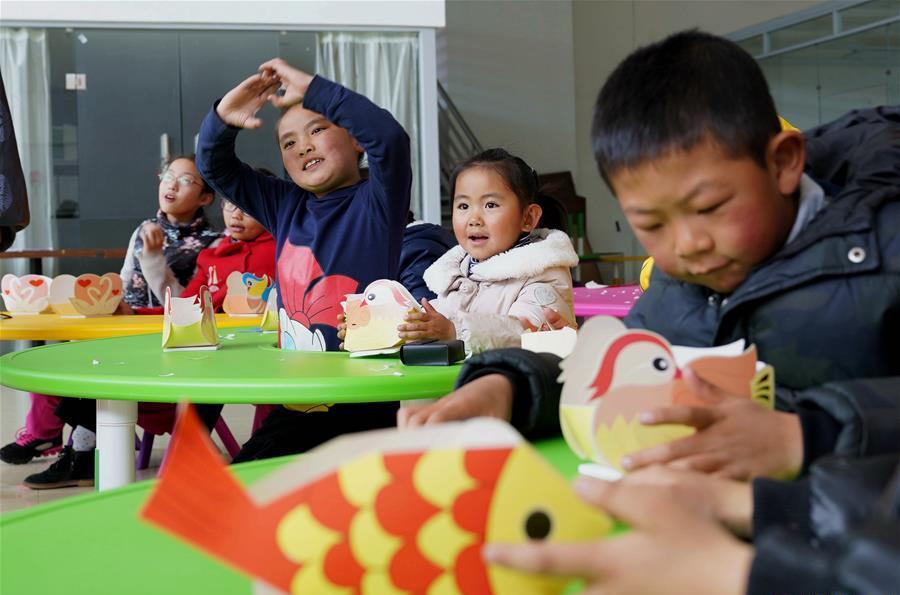Tibet solar energy park to benefit 2,000 poor families
Construction of China's largest photovoltaic industrial park has begun in Samdrubze district of Shigatse, Tibet autonomous region, with the project expected to house 2,000 families from poverty-stricken areas, local anti-poverty authorities said on Thursday.
The park, with an investment of 28 billion yuan ($4.4 billion), will be centered on a 2,000-megawatt solar power plant, with an annual output of 4 billion kWh, and an output value of over 4 billion yuan, said Galsang Nyoidrub, director of the Samdrubze Development and Reform Commission.
He said developing the solar power sector in Shigatse makes sense on many fronts. It is even nicknamed "the city of sunlight" with average annual sunlight of 3,300 hours.
"We plan to officially start building the solar segment at the end of this year. If everything goes well, the plant will be completed in 2025. Five percent of the annual profit will be used for local poverty alleviation," Galsang Nyoidrub said.
He said the electricity will be sold to South Asian countries, including Nepal and India, as well as to East China after transmission lines go up in the future.
"Located close to an expressway which is under construction, and near the city's airport, the industrial park will also develop ecological agriculture and service industry jobs to generate more employment opportunities," he added.
"The power plant alone will not generate enough job vacancies, so we will also develop agriculture suitable to local conditions. Greenhouses will be built under photovoltaic panels to save space."
Two agricultural companies have already started operations in the park, investing 150 million yuan, Galsang Nyoidrub said.
Opposite the photovoltaic industrial park, a "photovoltaic town" is under construction, with an investment of 4 billion yuan. The community will accommodate 2,000 households from poverty-stricken areas, representing the largest relocation project in the region.
"We have already finished 75 percent of the project. Some 1,008 people from 234 households have already moved in, and most are satisfied with their living conditions and employment arrangements," Galsang Nyoidrub said. "One task is to persuade those poor households to leave their hometowns and help them find proper jobs."
Lhagchog, 28, one of the beneficiaries of the project, moved from Garzang village to the community in downtown Shigatse last December.
"My family has always lived in Garzang, a remote village," she said, "We have relied on seven acres of land to make a living, but it has low yields due to water shortages and the high altitude.
"Since 2016, the government began encouraging us to move, but we were hesitant at first because of fear of an unknown future. The government has patiently introduced policies to us many times, and after countless family discussions, we finally made up our minds," she said.
Lhagchog said she opened a small restaurant which brought in more revenue than expected, and the local government also helped her father find a job as a custodian, with a monthly salary of 4,500 yuan. Penpa, the 54-year-old father, said, "We moved from a shabby mud building to a big and bright house. Our life changed totally from farmers to city residents."
Lhagchog said: "With convenient transportation, it is easy to take my 2-year-old daughter to the hospital. Now I am improving my cooking skills to run my restaurant better. I want to raise my daughter to be a grateful, educated person who is useful to society,"
"The family is satisfied with our life now, and we believe a brighter future is coming. We are lucky to live in the new era," she said.
Your Comment
Name E-mailRelated News
-
-

-
China Focus: Tibet makes progress in poverty battle
Renting tents, as well as providing logistical support and yak transport, villagers generally make handsome sums of money every season when climbers and tourists arrive.
-
-
-
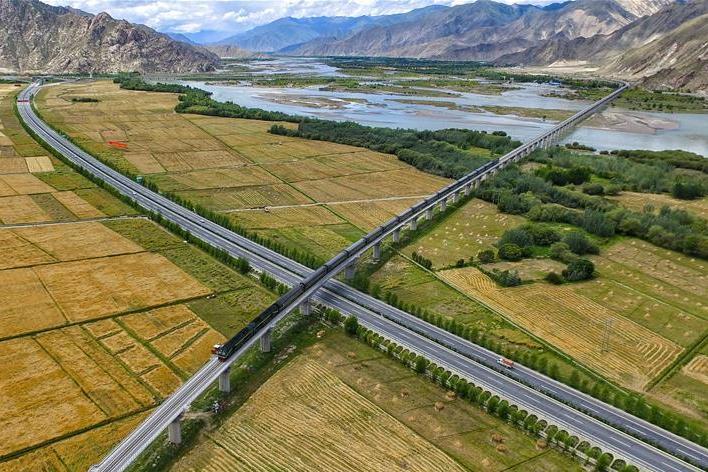
-
Tibet lifts 530,000 people out of poverty in 5 yrs
Southwest China's Tibet Autonomous Region had lifted 530,000 people out of poverty during the five years to 2017, the regional poverty relief office said Friday.
-
-
-
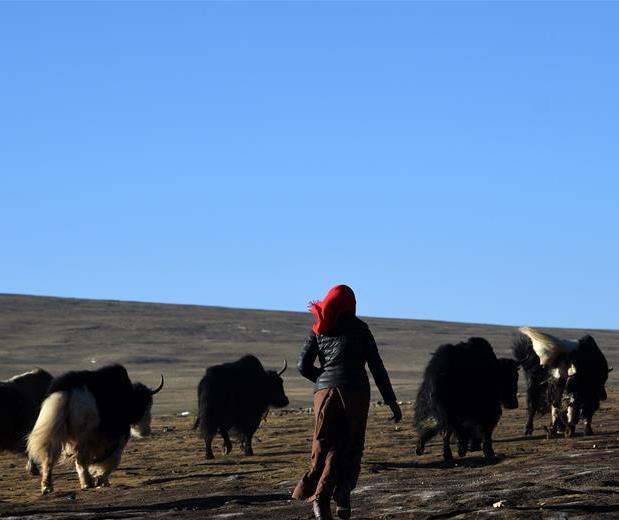
-
Tibet's former "village of beggars" prospering
From a beggars' conclave to a boomtown, Paryu Village in Nagqu Prefecture, Tibet Autonomous Region, has undergone a complete facelift over the past ten years.
-
-
-

-
Direct air route to link Hubei, Tibet
A direct air route will be launched on May 18 between the central Chinese city of Wuhan and Lhasa, capital of southwest China's Tibet Autonomous Region, according to Hubei Airport Group.
-
-
-
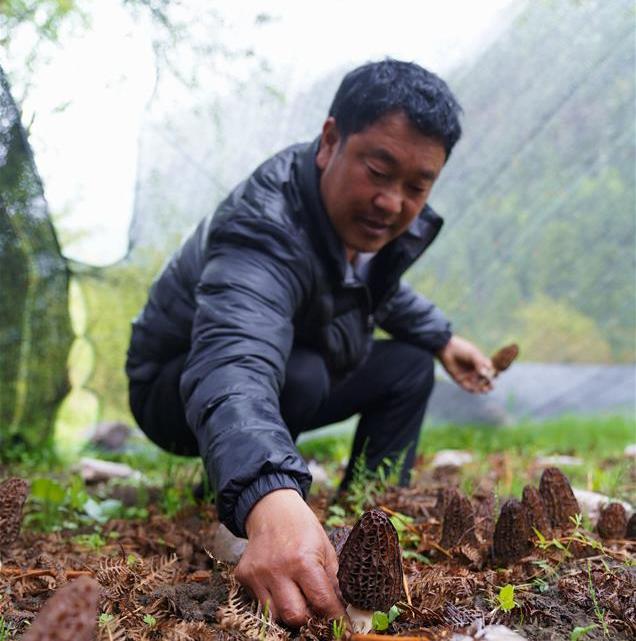
-
The "farmer scientist" Gasong Norbu
There's a famous "farmer scientist" in Nyingchi of Tibet. He's Gasong Norbu, a technology specialist in Baqiong Village of Nyingchi.
-


